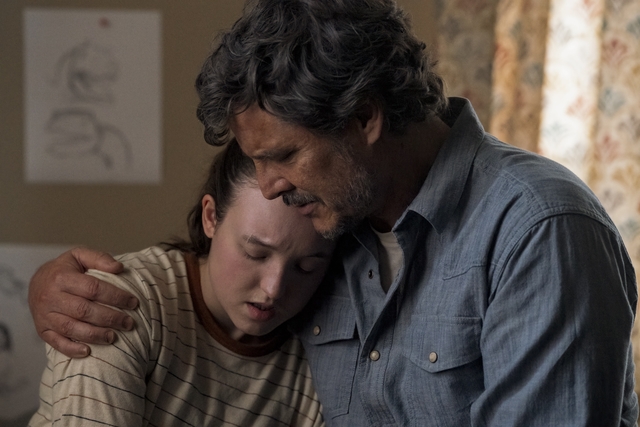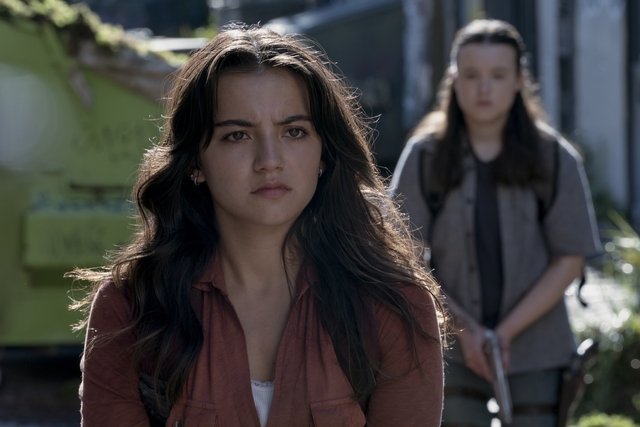National Geographic’s upcoming series, Queens, offers an enlightening look into female wildlife’s fight for survival and, through its female-led production team, into women’s communities across the world. Each of the seven episodes contains an exploration of leadership, sacrifice and care — from wildlife and humans alike.
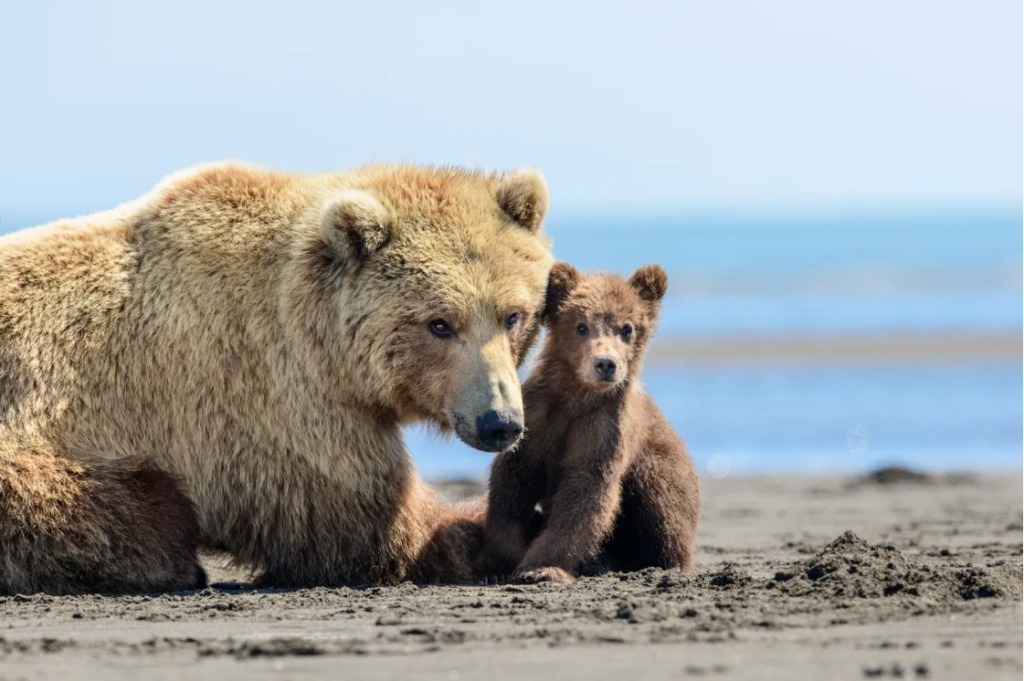
Headed by cinematographers Sophie Darlington and Justine Evans, and narrated by award-winning actress Angela Basset, Queens takes audiences across the world to witness matriarchs and female leaders in their natural habitats. The seven episodes present talent by four filmmakers/photographers: Faith Musembi, Erica Rugabandana, Tania Escobar, and Erin Ranney.
There are many areas of Queens that deserve praise. The four-year commitment from the producers and filmmakers. The impressive technology, including a special type of camera that uses the moonlight to show animals at night in near day-like clarity. Basset’s engrossing yet calming narration. The sheer range of wildlife, from across twelve countries, on which the creators chose to focus, and the depth of research they present.
But the most riveting aspect of this series is its link to conservation efforts and women’s community-based roles within such efforts.
Conservation and Community
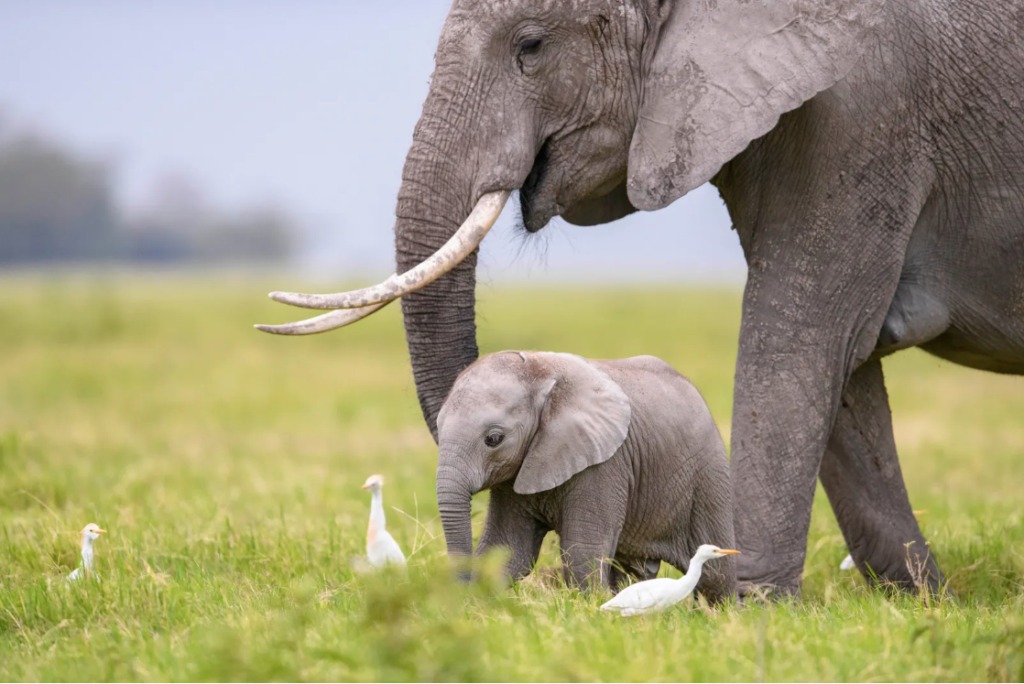
Basset tells us in episode 101, “Savanna Queens”, that the number of elephants in the Kenyan savanna have fallen 60 per-cent in the last fifty years. Much of this can be attributed to human-made alterations to the landscape, an increasing number of extreme droughts, and poaching. In a heartbreaking representation of this, thousands of Kenyan elephants died over the four years of filming alone. This is, sadly, a story the series echoes from episode to episode, animal to animal. The female wildlife Queens portrays on our screens are fierce, protective, determined. They are also, in almost every case, endangered.
Despite this harrowing fact, Queens doesn’t leave viewers without hope.
Part of episode 107, “Behind the Queens”, explores two female-led conservation efforts in Kenya and the DRC. While I encourage audiences to watch the episode and hear from the women leaders themselves, I want to stress here that the inclusion of Kenya’s Team Lioness and the DRC’s Bonobo sanctuary speaks to how much care and effort the team behind Queens put into their story. Rather than working over the locals, they worked with them — in every aspect.
Female Empowerment Behind Queens
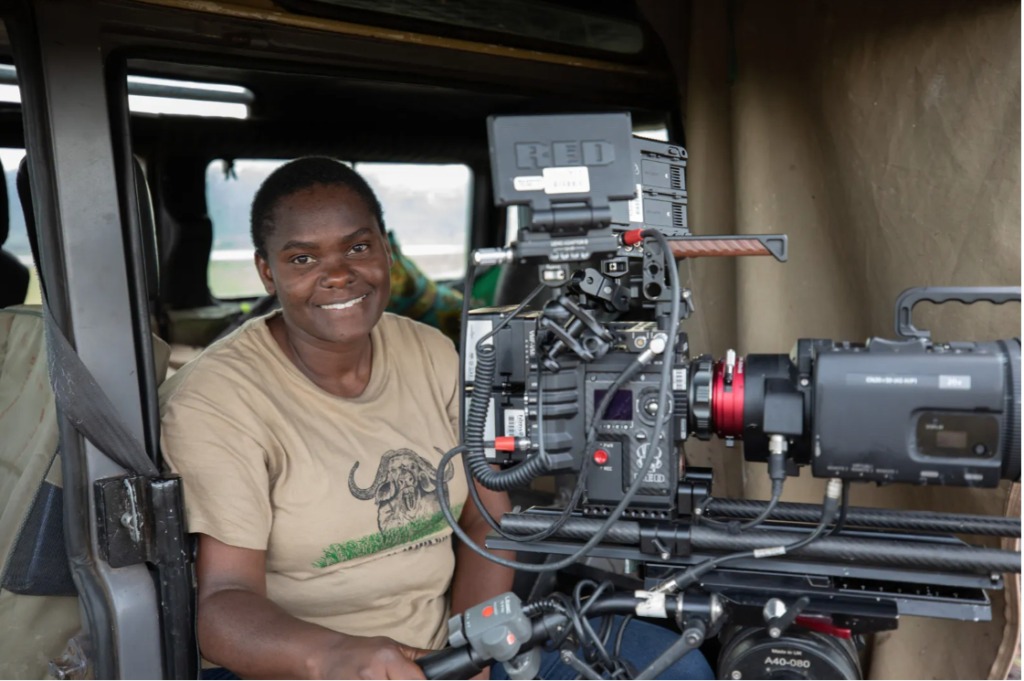
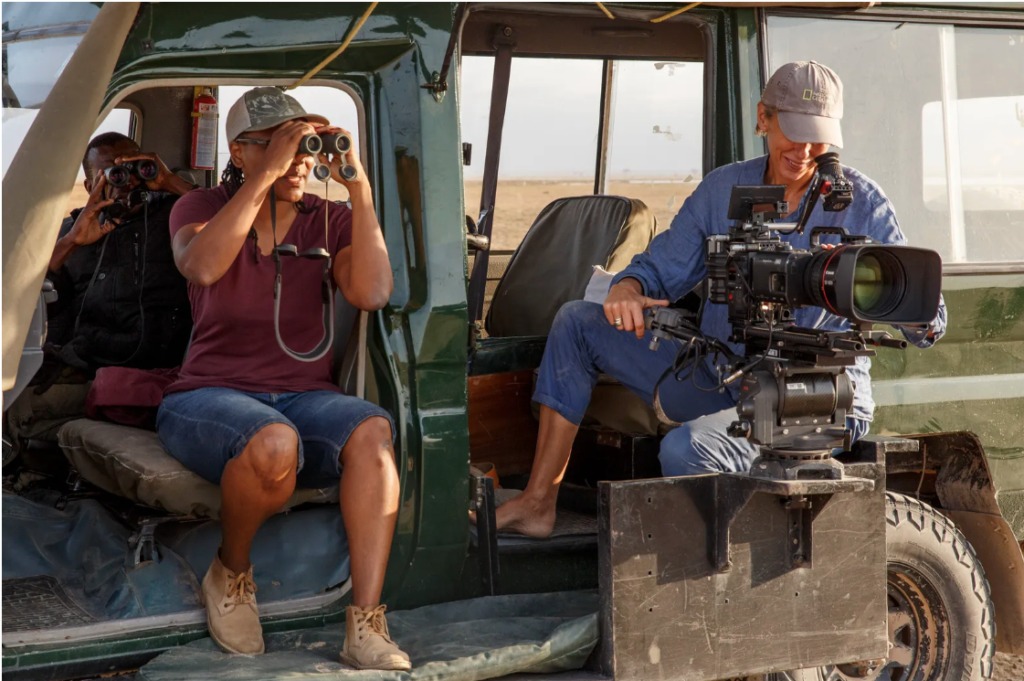
The film crew behind episode 104, “Rainforest Queens”, worked with local research teams to travel responsibly and respectfully to the heavily isolated Bonobo territory. The filmmakers for “Savanna Queens” (Musembi) and for episode 102 “African Queens” (Rugabandana) are Kenyan and Tanzanian respectively — natives to the countries in which their episodes were filmed. Further, Musembi worked closely with two women from the Amboseli Trust for Elephants, Katito Sayialel and Norah Njiriani. The women said that despite the many documentaries they’d assisted on, they’d never worked with a Kenyan filmmaker before now.
Indeed, the most striking part of Queens is that the creators’ community-based efforts are reflective of the type of female leadership we see through the wildlife. From the Kenyan elephants and the Tanzanian lionesses to the Congolese Bonobos and North American coastal Orcas, female power often comes from shared wisdom, community care, and guidance of future female leaders. In a time when female empowerment can too often focus on the individual, Queens shines light on the collective. It shows us what is possible when we broaden our viewpoint and lift each other toward a more sustainable, and caring, future.
Wildlife, it turns out, still has a lot to teach us.
All seven episodes of Queens will air on Monday, March 4th at 5pm PST/8pm EST on National Geographic. The series will stream on Hulu and Disney+ from Tuesday, March 5th.


 Researcher, writer, fangirl, and book hoarder, Danielle is an American living in the U.K. Her interests include, but are not limited to: Star Wars, The Bear, The Last of Us, Marvel, and anything to do with Edgar Allan Poe. She is best known through her TikTok account @writteninthestarwars where she covers a wide range of fandom content.
TikTok: https://www.tiktok.com/@writteninthestarwars
Researcher, writer, fangirl, and book hoarder, Danielle is an American living in the U.K. Her interests include, but are not limited to: Star Wars, The Bear, The Last of Us, Marvel, and anything to do with Edgar Allan Poe. She is best known through her TikTok account @writteninthestarwars where she covers a wide range of fandom content.
TikTok: https://www.tiktok.com/@writteninthestarwars 

